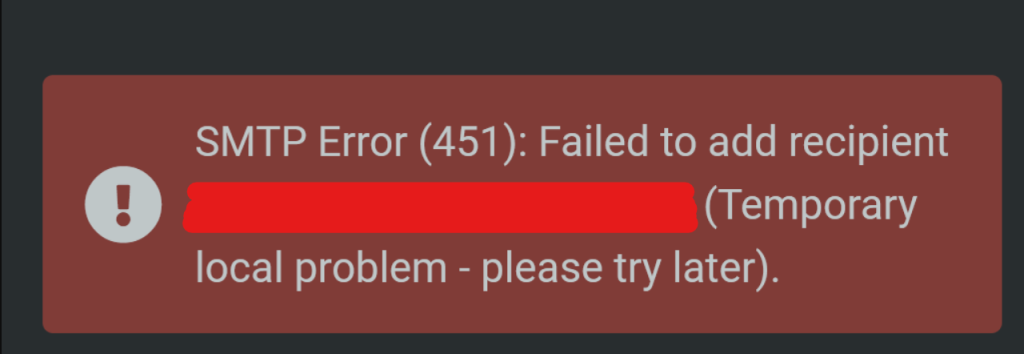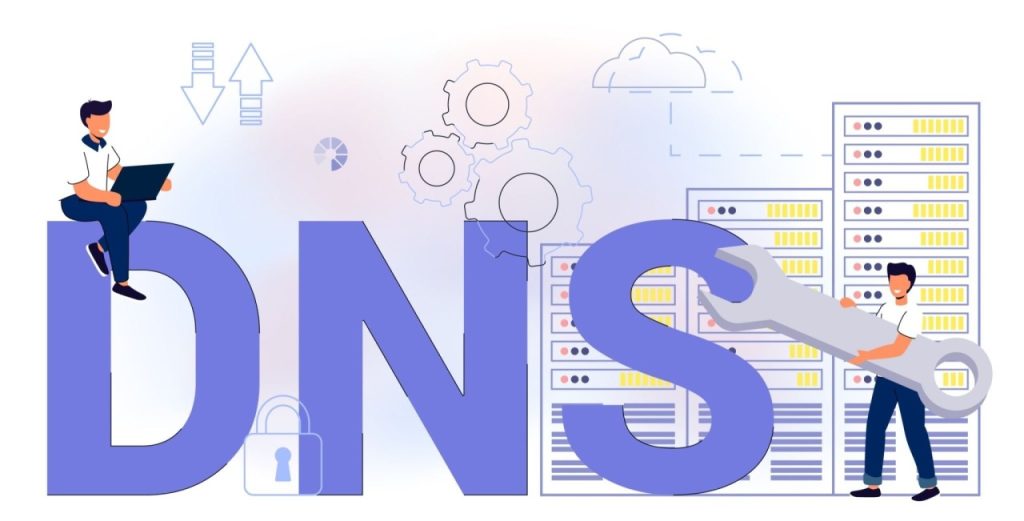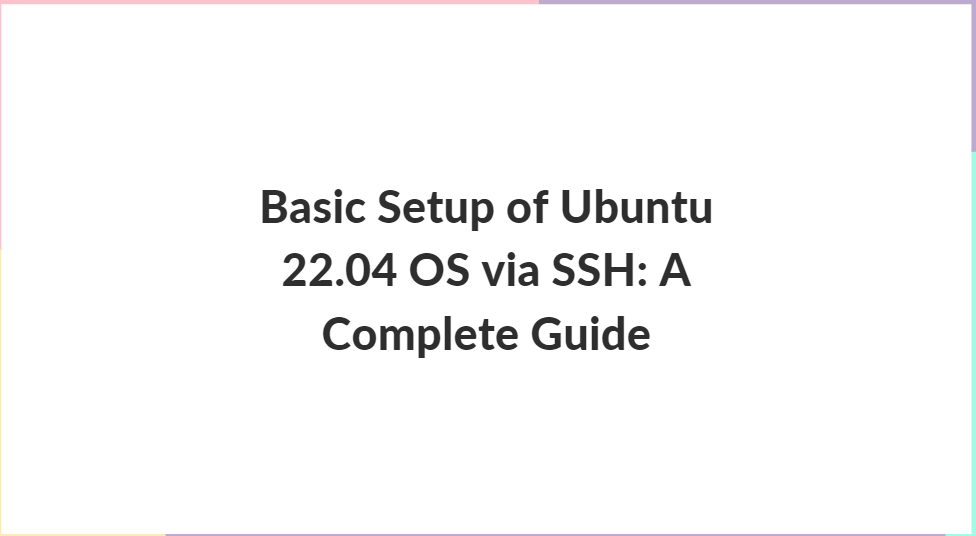
One such error that can disrupt the flow of communication is the “451 Temporary Local Problem.” This error, while usually transient, can be perplexing for both end-users and IT professionals. Email communication is a fundamental aspect of modern life, seamlessly connecting individuals and organizations across the globe. However, as reliable as email systems have become, they are not immune to occasional errors and issues. In this blog post, we will delve into the intricacies of the 451 error, exploring its causes, implications, and effective solutions.
Table of Contents
Understanding the ‘451 Temporary Local Problem’

The 451 Temporary Local Problem is an SMTP (Simple Mail Transfer Protocol) error code. SMTP is the protocol used by email servers to send and receive messages. When an email cannot be delivered due to a temporary issue, the server returns a 451 error code. This code essentially tells the sender that there is a local problem preventing the email from being delivered at that moment, but the issue is expected to be resolved soon.
Unlike permanent errors (such as 550, which indicates a permanent failure), the 451 error is temporary. This means the email server is likely to retry sending the email after a certain period. However, the recurring appearance of this error can indicate deeper issues that need to be addressed.
Common Causes of the 451 Temporary Local Problem Error
Several factors can trigger the 451 Temporary Local Problem error. Understanding these causes is the first step toward resolving the issue. Here are some of the most common ones:

1. Server Overload
One of the primary causes of the 451 Temporary Local Problem error is server overload. When an email server is processing too many requests simultaneously, it may become overwhelmed, leading to temporary failures in handling additional emails. This overload can be due to a spike in email traffic, a high volume of spam emails, or inadequate server resources.
2. DNS Problems
DNS (Domain Name System) issues can also lead to the 451 Temporary Local Problem error. If the email server cannot resolve the recipient’s domain name to an IP address, it will be unable to deliver the email. This can happen if the DNS server is down, misconfigured, or experiencing high latency.
3. Greylisting
Some email servers use a technique called greylisting to reduce spam. When an email from an unknown sender is received, the server temporarily rejects it with a 451 Temporary Local Problem error, assuming that legitimate servers will attempt to resend the email. This method helps filter out spam sent from non-compliant or temporary servers that do not retry sending emails.
4. Mail Server Configuration Issues
Incorrect configurations on the mail server can also trigger the 451 error. Misconfigurations in the server’s settings, such as incorrect relay settings, authentication issues, or problems with the mail transfer agent (MTA) software, can result in temporary delivery failures.

5. Resource Limitations
Email servers are subject to various resource limitations, such as disk space, memory, and CPU usage. If any of these resources are exhausted or near their limits, the server may return a 451 error. For instance, if the disk is full, the server cannot accept new emails until space is freed up.
6. Network Issues
Temporary network issues, such as high latency, packet loss, or routing problems, can also cause the 451 error. These issues can hinder the communication between email servers, leading to temporary delivery failures.
7. Antivirus and Anti-Spam Filters
Email servers often use antivirus and anti-spam filters to scan incoming and outgoing emails. If these filters are overloaded or encounter a problem, they may cause the server to temporarily reject emails with a 451 error.
Diagnosing the 451 Temporary Local Problem Error
To effectively resolve the 451 Temporary Local Problem error, it is crucial to diagnose the underlying cause accurately. Here are some steps to help diagnose the issue:
1. Check Server Load
Monitoring the server load can reveal if the server is experiencing an overload. Tools like top, htop, or server-specific monitoring solutions can provide insights into CPU, memory, and disk usage. If the server is overloaded, consider scaling resources or optimizing server performance.
2. Verify DNS Settings

Ensure that the DNS settings are correctly configured and that the DNS servers are functioning properly. Use tools like nslookup or dig to verify that the domain names are resolving correctly.
3. Review Server Logs
Server logs are invaluable for diagnosing email issues. Review the email server logs to identify any patterns or specific error messages related to the 451 error. Logs can provide detailed information about the source of the problem.
4. Check Greylisting Policies
If greylisting is enabled on the server, review the greylisting policies to ensure they are not overly aggressive. Adjust the greylisting settings if legitimate emails are being delayed excessively.
5. Examine Mail Server Configuration
Review the mail server configuration settings to ensure they are correct. Check relay settings, authentication methods, and any other relevant configurations. Misconfigurations can often lead to temporary delivery issues.
6. Monitor Network Performance
Use network monitoring tools to check for any network-related issues that could be causing the 451 error. High latency, packet loss, or routing problems can affect email delivery.
7. Inspect Antivirus and Anti-Spam Filters
Ensure that the antivirus and anti-spam filters are functioning correctly and are not overloaded. Check the settings and logs of these filters to identify any issues.
Solutions for the 451 Temporary Local Problem Error
Once the cause of the 451 Temporary Local Problem has been identified, appropriate solutions can be implemented to resolve the issue. Here are some common solutions:

1. Increase Server Resources
If server overload is causing the 451 error, consider increasing the server resources. This could involve adding more CPU cores, increasing memory, or expanding disk space. Additionally, load balancing solutions can distribute the email traffic across multiple servers to prevent overload.
2. Optimize Server Performance
Optimizing the server’s performance can help reduce the likelihood of overload. This includes tuning the server settings, optimizing software configurations, and implementing caching mechanisms. Regular maintenance, such as cleaning up unnecessary files and optimizing databases, can also improve performance.
3. Resolve DNS Issues
To resolve DNS issues, ensure that the DNS settings are correctly configured and that the DNS servers are operational. If using external DNS servers, verify their reliability and consider switching to more stable alternatives if necessary.
4. Adjust Greylisting Policies
If greylisting is causing significant delays, adjust the greylisting policies to be less aggressive. This may involve shortening the delay period or creating whitelists for trusted senders to bypass greylisting.
5. Fix Mail Server Configuration
Correct any misconfigurations in the mail server settings. Ensure that the relay settings, authentication methods, and other relevant configurations are set correctly. Regularly review and update these settings to align with best practices.
6. Monitor and Improve Network Performance
Address any network-related issues by monitoring network performance and resolving high latency, packet loss, or routing problems. Use network optimization techniques, such as traffic shaping and prioritization, to ensure stable communication between email servers.
7. Maintain Antivirus and Anti-Spam Filters
Regularly update and maintain the antivirus and anti-spam filters to ensure they function correctly. Adjust the filter settings to balance security with email delivery performance. If necessary, consider using more efficient filtering solutions.
Preventive Measures
While addressing the 451 error is crucial, implementing preventive measures can help reduce the likelihood of encountering this error in the future. Here are some best practices for preventing the 451 Temporary Local Problem:
1. Regular Maintenance
Perform regular maintenance on the email server, including software updates, security patches, and hardware checks. Regular maintenance helps ensure the server operates smoothly and reduces the risk of unexpected issues.
2. Scalability Planning
Plan for scalability by anticipating future growth in email traffic and server load. Implement scalable solutions, such as cloud-based email services or load balancers, to handle increasing demands without overloading the server.
3. Redundancy and Failover
Implement redundancy and failover mechanisms to ensure email delivery continuity. Use backup servers, redundant DNS servers, and failover configurations to minimize the impact of server or network failures.
4. Monitoring and Alerts
Set up monitoring and alert systems to detect and respond to potential issues promptly. Monitoring tools can provide real-time insights into server performance, resource usage, and network health, allowing for proactive issue resolution.
5. User Education
Educate users about best practices for email usage, such as avoiding sending large attachments, using proper authentication methods, and reporting suspicious emails. User education can help reduce unnecessary server load and improve overall email security.
6. Regular Audits
Conduct regular audits of the email server configuration, security settings, and resource usage. Audits help identify potential issues before they escalate and ensure compliance with best practices and security standards.
Conclusion
The 451 Temporary Local Problem error, while typically a transient issue, can disrupt email communication and indicate underlying problems that need attention. By understanding the common causes of this error and implementing effective solutions, email administrators can minimize the occurrence of the 451 error and ensure reliable email delivery.
Regular maintenance, scalability planning, redundancy, and monitoring are essential practices for preventing the 451 error and maintaining a robust email infrastructure. By taking proactive measures and addressing issues promptly, organizations can enhance their email systems’ reliability and performance, ensuring seamless communication in today’s interconnected world.
By comprehensively understanding and addressing the 451 Temporary Local Problem error, email administrators can enhance their email systems’ resilience and reliability, ensuring that critical communications are delivered promptly and efficiently.






